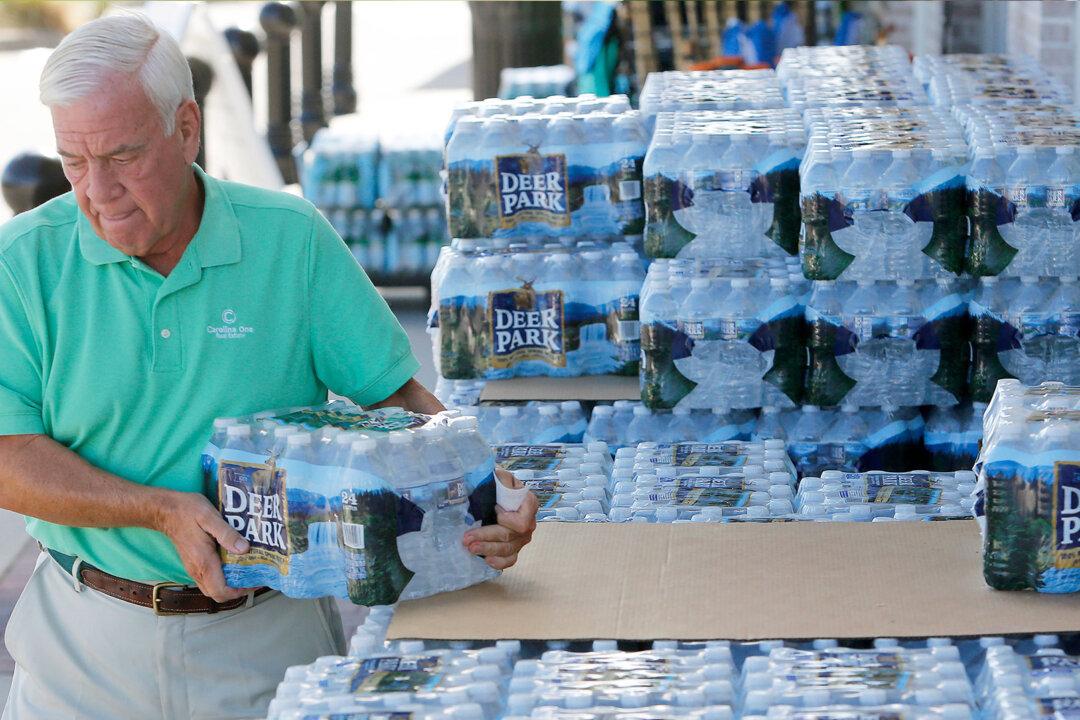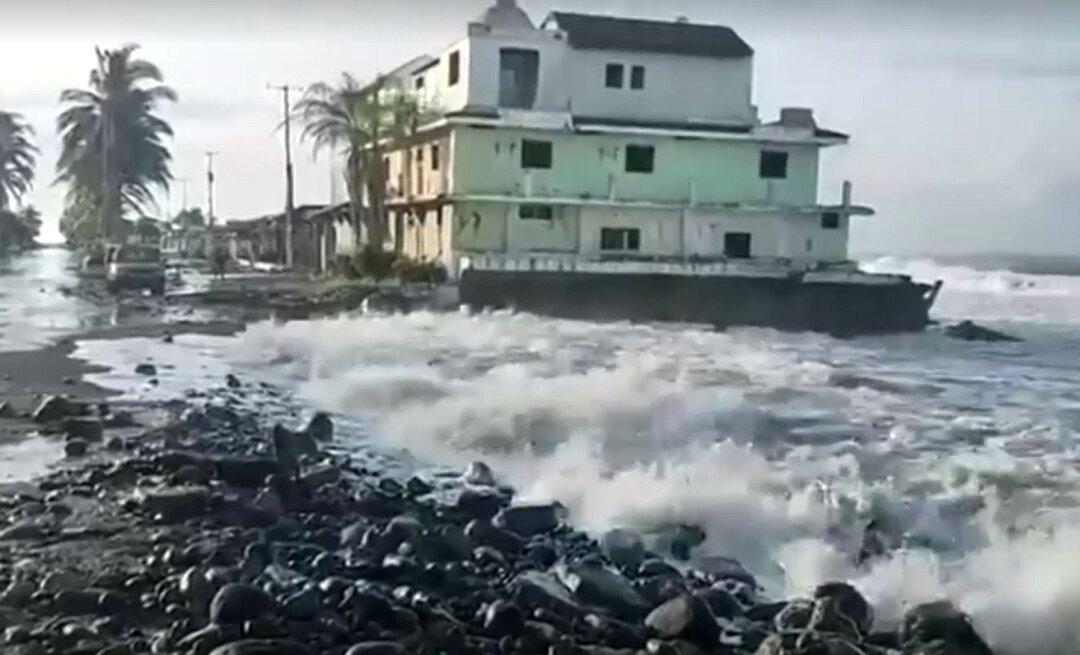When wildfires rage, hurricanes bear down, floodwaters rise, and that big earthquake finally strikes, at this time it’s critical that you and your family members are ready to evacuate.
Perhaps the most important thing to bring with you is a “go bag” full of emergency supplies. Go bags exist to save you from having to run around and gather items when a threatening situation is imminent.





